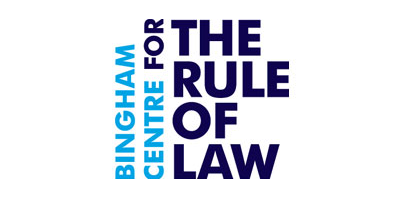National Mechanisms for Implementation, Reporting, and Follow-up
Background
Why are NMIRFs needed? To take the Universal Periodic Review (UPR) as an example, this is a periodic review (review cycles are four and a half years) of the human rights records of all UN Member States. Member States are required to submit a national report and this forms the basis of the review, together with information from other UN bodies and other relevant stakeholders such as NHRIs and civil society. Following the review, an outcome report is produced containing recommendations which the Member State is responsible for implementing. Member States then provide information during the next review cycle of steps taken to implement the recommendations, as well as about human rights developments more broadly. Member States also have to cooperate and engage with the UN Treaty Bodies, the UN Special Procedures and regional human rights bodies. There is, therefore, a significant burden on states to report to all relevant human rights bodies and to follow-up and implement their many decisions and recommendations. It has been commented that “Even if a State has the capacity and political will, these requirements are formidable and often lead to late reporting or no reporting at all, as well as to partial or no responses to recommendations or decisions” (OHCHR ‘National Mechanisms for Reporting and Follow-Up: A Study of State Engagement with International Human Rights Mechanisms’ (2016)). Some countries have, therefore, created NMIRFs to centralise and coordinate reporting, follow-up and implementation (OHCHR ‘National Mechanisms for Reporting and Follow-up: A Practical Guide to Effective State Engagement with International Human Rights Mechanisms’ (2016)).
Project Summary
This collaborative project between URG, the Bingham Centre for the Rule of Law and the HRIC aims to produce an overview of existing national mechanisms for implementing decisions and recommendations from the UPR, the Treaty Bodies and the Special Procedures. This will inform a wider initiative to provide evidence and key research findings on the emergence of NMIRFs across the globe.
It is envisioned that this work will contribute to two broader project objectives:
- To distil best practice on national implementation of international human rights and, more specifically, to inform regional and international standards on NMIRFs, leading eventually to the creation of a set of internationally agreed principles that will assist states in establishing national mechanisms for implementing human rights commitments
- To encourage a multi-institutional approach to the domestic application of international human rights norms and recommendations
This collaboration seeks to build on the work undertaken so far by national human rights institutions (NHRIs), civil society organisations, national parliaments and governments, and other stakeholders on improving the reporting, follow-up, and implementation of UN recommendations and decisions. The research will contribute to a valuable and influential body of work on bridging the ‘implementation gap’.
Current activities
The team are together, with the assistance of former students from the HRIC, gathering data from states on the existence of NMIRFs. This information includes: the background on the emergence of a country’s NMIRF; its status (e.g., is it established under law, does it have its own permanent secretariat, does it have its own budget); comprehensiveness (e.g., which UN and regional bodies it covers); workings and operations (including inclusiveness, transparency, reporting, use of technology); and key impacts and challenges.
We will then publish a jurisdictional map of NMIRFs across the world and a written analytical report.

